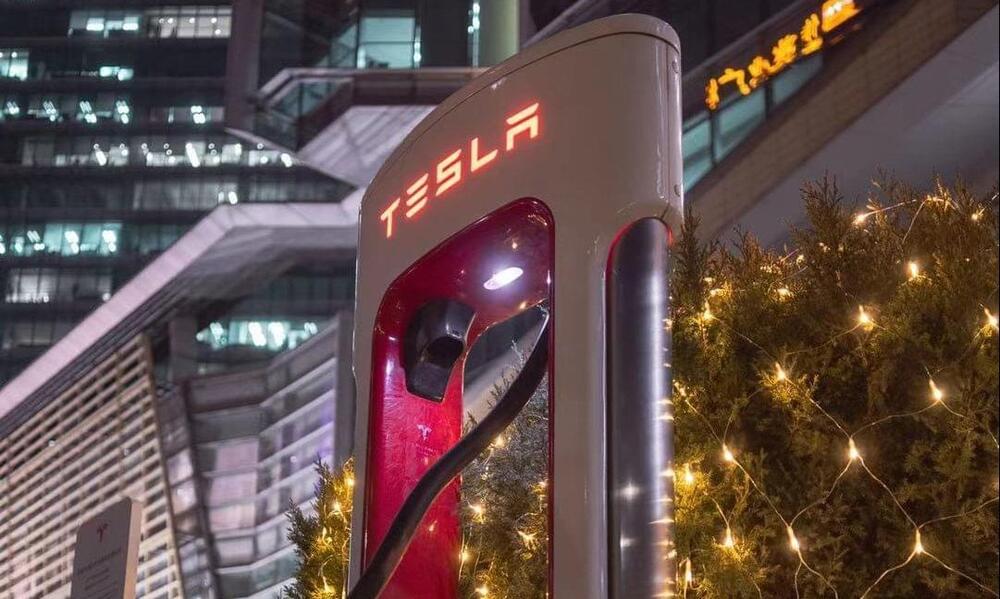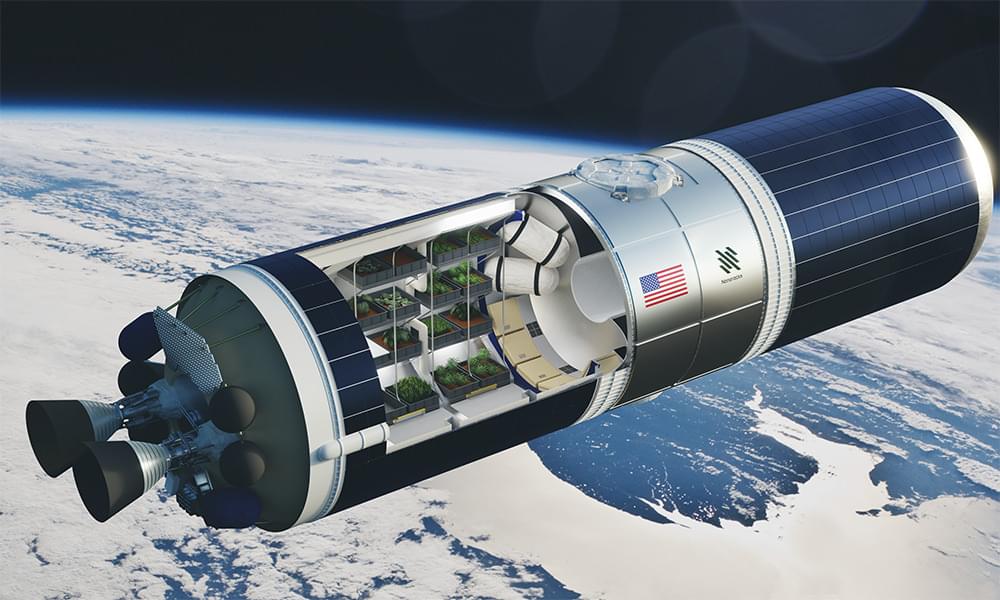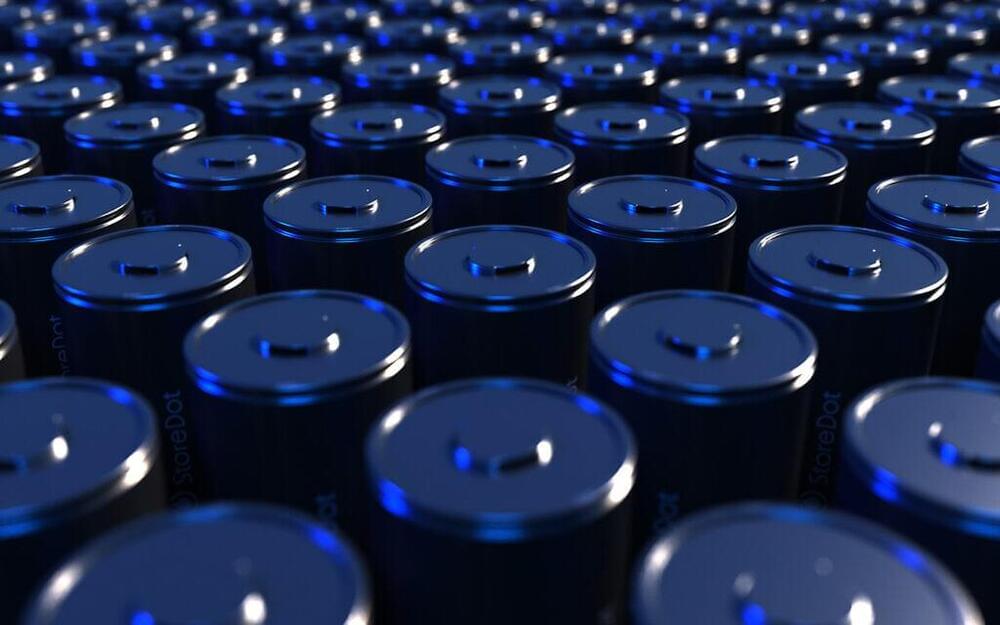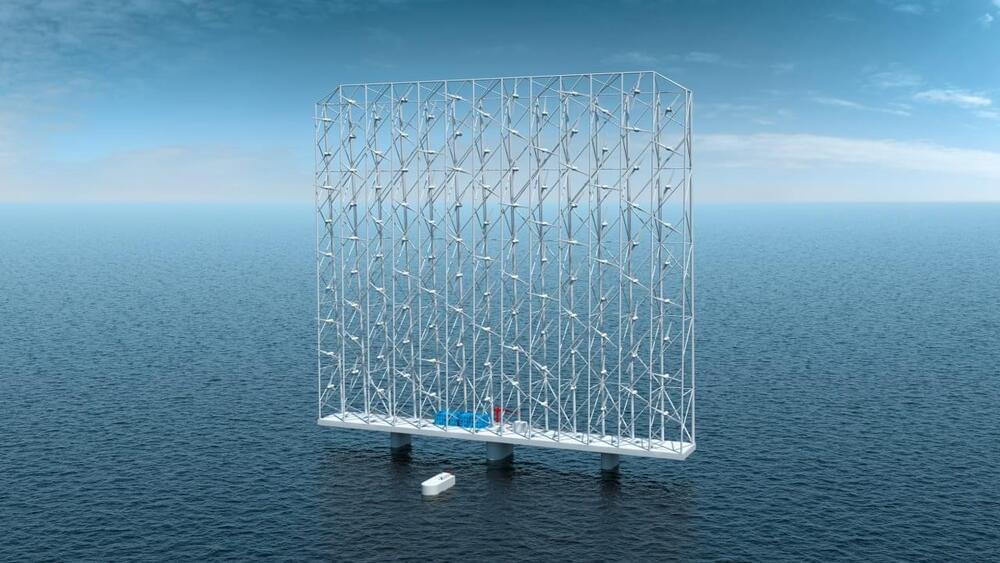All the way back in the 1940s, in Switzerland, work was underway on a breakthrough Bus that would be pure electric, and not need batteries. Introducing the Gyro-bus, a innovative look at storing energy in a flywheel! Mechanical Energy storage baby, and we’re doing a deep dive this week on Two Bit da Vinci!
》》》SUPPORT THE SHOW!《《《
Become a Patron! https://geni.us/TwoBitPatreon.
Become a Youtube Member! https://geni.us/TwoBitMember.
One Time Donation: https://geni.us/PaypalMe.
Use Our Tesla Products Link: https://geni.us/GoTesla.
Drone Quotes for Solar ⟫ https://geni.us/DroneQuote.
Two Bit da Vinci Merchandise ⟫ geni.us/TwoBitMerch.
Join OHM Connect & SAVE: https://geni.us/ohmConnect.
ALL of our Affiliate Links ⟫ https://www.twobitdavinci.com/links.
》》》COMPANY OUTREACH 《《《
Sponsor A Video! [email protected].
》》》CONNECT WITH US 《《《
Twitter 》 https://twitter.com/TwoBitDaVinci.
Facebook 》 https://www.facebook.com/twobitdavinci.
Instagram 》https://www.instagram.com/twobitdavinci/
This insane bus was pure ELECTRIC & didn’t need batteries.






